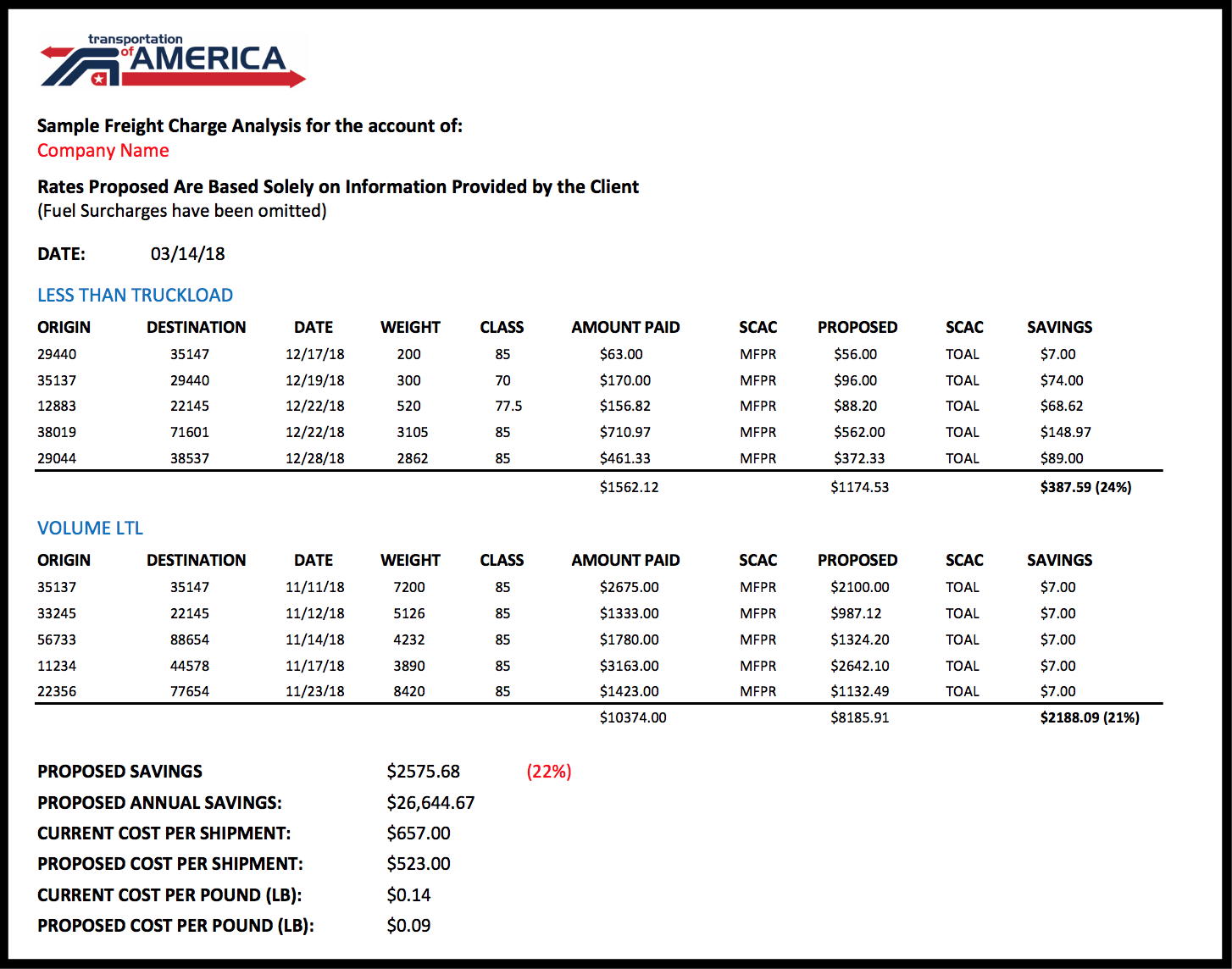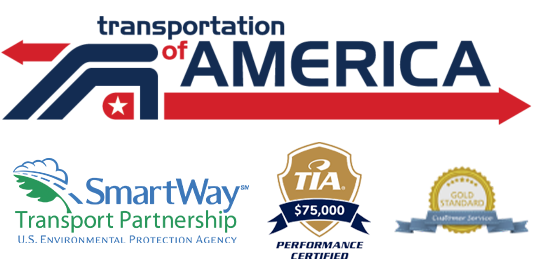Freight Class and Determine LTL Freight Class
Determining your shipments freight class is a vital step to effectively managing LTL freight as it is a big factor in determining your freight hard costs, but also is a very important factor when it comes to dealing with any possible freight claims. Additionally, the most common problems we hear in the consultation portion of sales calls at Transportation of America are often related to not understanding what freight class to choose. We often hear things like, “Well I just pick Class 55 for all my freight. It’s just what I have always done.” What the customer is not understanding is hurting them in the long run because sometimes they may save money by picking a lower class, but then what happens is time is wasted when the carrier re-classes and the invoice doesn’t match the expected costs, making a traffic manager seem ineffective. A little education, especially when it comes to freight class, can really help you save not only money but time, resources, and most importantly avoid delays in getting freight inbound or outbound to your customer.
What is a Freight Class?
Freight classes are designed to help you get common standardized freight pricing for your shipment when working with different carriers, warehouses and brokers. Freight classes are defined by the National Motor Freight Traffic Association (NMFTA) and made available through the NMFC or National Motor Freight Classification.
In the United States, each commodity or type of product is assigned a National Motor Freight Classification (NMFC) and corresponding class for less than truckload (LTL) freight shipments. The (NMFC) system is a standardized method designed to give consumers a uniform pricing structure when transporting freight. There are 18 classes that a shipped package may fall under with class 50 being the least expensive, to class 500 as the most expensive. The number assigned to an item is important to freight carriers in determining the tariffs, which in turn determine the price charged to the customer.
What Factors Go into Determining Freight Class?
Before you determine your freight class for your shipment, you must identify certain factors about your specific freight. Freight class is based on weight, length and height, density, ease of handling, value and liability from things like theft, damage, break-ability and spoilage.. The definitions for each are as follows:
(Weight, Length, Height) Density and Value: Density guidelines assign classification 50 to freight that weighs 50 pounds per cubic foot. The Commodity Classification Standards Board (CCSB) assigns classifications 70, 92.5, 175 and 400 to freight with densities of 15, 10.5, 5, and 1 pound per cubic foot, respectively. Freight less dense than 1 pound per cubic foot is classified as 500. The density is the space the item occupies in relation to its weight. The density is calculated by dividing the weight of the item in pounds by its volume in cubic feet. Your item’s volume in cubic feet is Length x Width x Height/1,728, where all dimensions are measured in inches. The density of your item = Weight/Volume, where Weight is measured in pounds and Volume is measured in cubic feet.
Stow-ability: Most freight stows well in trucks, trains and boats, but some articles are regulated by the government or carrier policies. Some items cannot be loaded together. Hazardous materials are transported in specific manners. Excessive weight, length or protrusions can make freight impossible to load with other freight. The absence of load-bearing surfaces makes freight impossible to stack. A quantifiable stow-ability classification represents the difficulty in loading and carrying these items.
Handling: Most freight is loaded with mechanical equipment and poses no handling difficulties, but some freight, due to weight, shape, fragility or hazardous properties, requires special attention. A classification that represents ease or difficulty of loading and carrying the freight is assigned to the items.
Liability: Liability is probability of freight theft or damage, or damage to adjacent freight.
Perishable cargo or cargo prone to spontaneous combustion or explosion is classified based on liability and assigned a value per pound, which is a fraction of the carrier’s liability. When classification is based on liability, density must also be considered.

